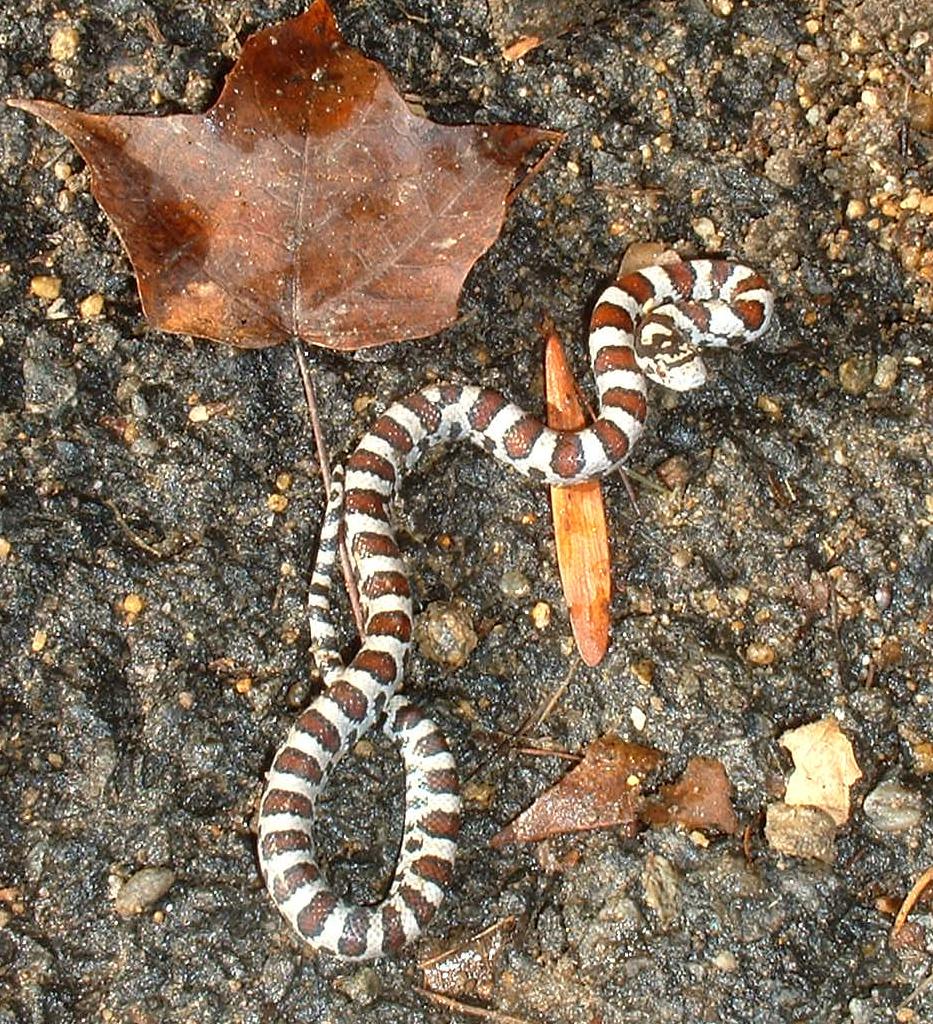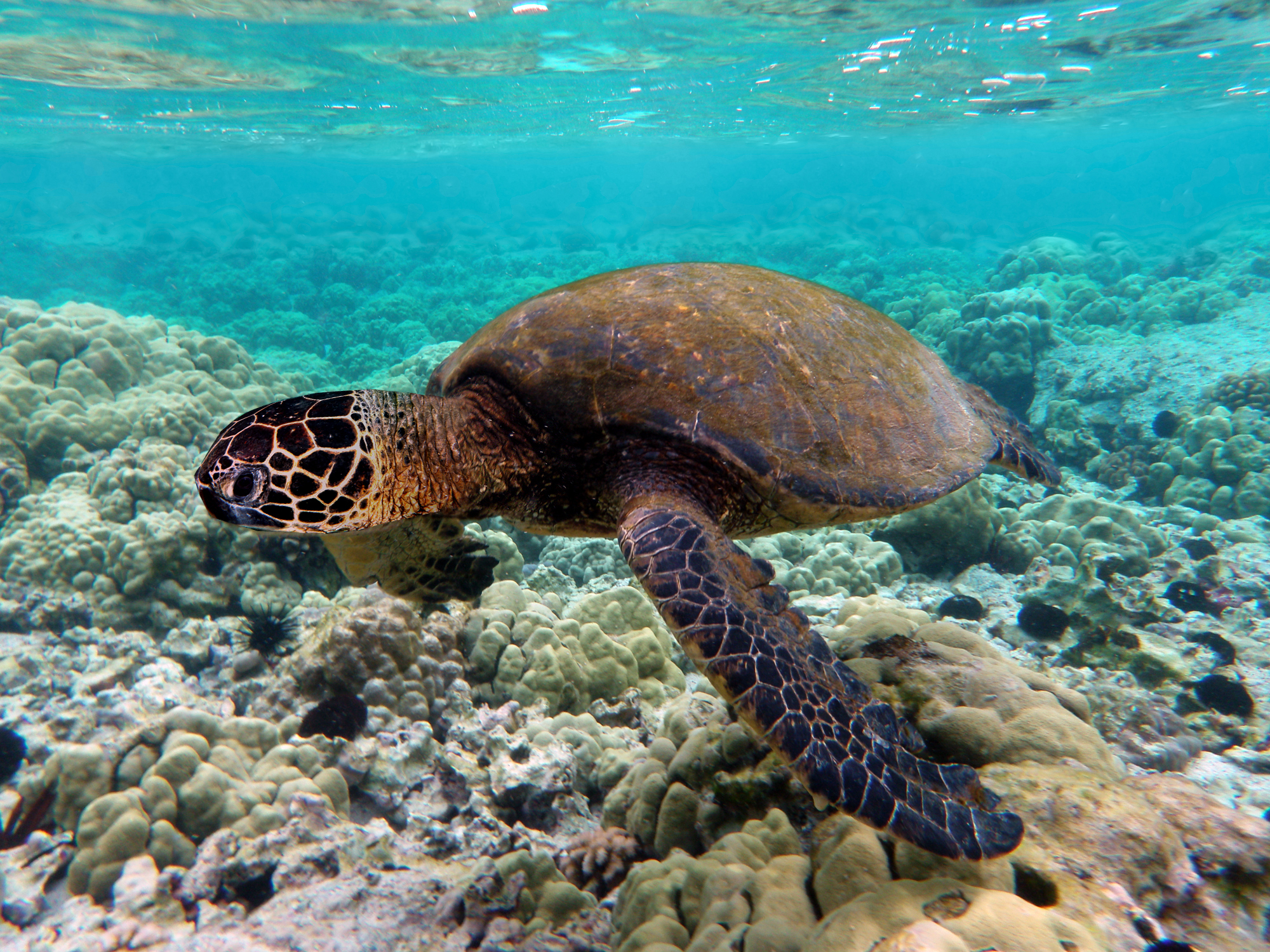|
Lampropeltis Abnorma
''Lampropeltis abnorma'', commonly known as the Guatemalan milk snake, is a species of milk snake The milk snake or milksnake (''Lampropeltis triangulum''), is a species of kingsnake; 24 subspecies are currently recognized. ''Lampropeltis elapsoides'', the scarlet kingsnake, was formerly classified as a 25th subspecies (''L. t. elapsoides'') .... References * {{Taxonbar, from=Q18618698 Lampropeltis Reptiles of Mexico Reptiles of Guatemala Reptiles of Costa Rica Reptiles of El Salvador Reptiles of Honduras Reptiles of Nicaragua Reptiles described in 1886 ... [...More Info...] [...Related Items...] OR: [Wikipedia] [Google] [Baidu] |
Marie Firmin Bocourt
Marie Firmin Bocourt (19 April 1819 – 4 February 1904) was a French zoologist and artist. As a young man, he worked as a preparateur for the zoologist Gabriel Bibron (1805–1848), later serving as a museum artist. In 1861, he was sent to Thailand (then called Siam), where he explored the fauna and brought back an important collection of specimens. He collaborated with Auguste Duméril (1812–1870) on a series called ''Mission scientifique au Mexique et dans l'Amérique Centrale'', a result of Bocourt's scientific expedition to Mexico and Central America in 1864–1866, in one part during the French Intervention in Mexico led by Napoleon III. Auguste Duméril died in 1870, and the project was continued by Bocourt with assistance from Léon Vaillant (1834–1914), François Mocquard (1834–1917) and Fernand Angel (1881–1950). With Vaillant, he published a study on fishes, "''Études sur les poissons'' ", that was included in ''Mission scientifique au Mexique et dans l'A ... [...More Info...] [...Related Items...] OR: [Wikipedia] [Google] [Baidu] |
Species
In biology, a species is the basic unit of classification and a taxonomic rank of an organism, as well as a unit of biodiversity. A species is often defined as the largest group of organisms in which any two individuals of the appropriate sexes or mating types can produce fertile offspring, typically by sexual reproduction. Other ways of defining species include their karyotype, DNA sequence, morphology, behaviour or ecological niche. In addition, paleontologists use the concept of the chronospecies since fossil reproduction cannot be examined. The most recent rigorous estimate for the total number of species of eukaryotes is between 8 and 8.7 million. However, only about 14% of these had been described by 2011. All species (except viruses) are given a two-part name, a "binomial". The first part of a binomial is the genus to which the species belongs. The second part is called the specific name or the specific epithet (in botanical nomenclature, also sometimes i ... [...More Info...] [...Related Items...] OR: [Wikipedia] [Google] [Baidu] |
Milk Snake
The milk snake or milksnake (''Lampropeltis triangulum''), is a species of kingsnake; 24 subspecies are currently recognized. ''Lampropeltis elapsoides'', the scarlet kingsnake, was formerly classified as a 25th subspecies (''L. t. elapsoides''), but is now recognized as a distinct species. The subspecies have strikingly different appearances, and many of them have their own common names. Some authorities suggest that this species could be split into several separate species. They are not venomous to humans. Geographic range Milk snakes can be found from the southeastern extreme of Canada through the eastern half of the United States. Habitat Across the wide range of this species, habitat varies. Typically, milk snakes live in forested regions; however, they can also be found in swamps, prairie, farmland, rocky slopes, and sand dunes/beaches. In some situations, milk snakes also migrate seasonally, during the winter they move to higher and drier habitats for hibernation and m ... [...More Info...] [...Related Items...] OR: [Wikipedia] [Google] [Baidu] |
Reptiles Of Mexico
Reptiles, as most commonly defined are the animals in the class Reptilia ( ), a paraphyletic grouping comprising all sauropsids except birds. Living reptiles comprise turtles, crocodilians, squamates ( lizards and snakes) and rhynchocephalians ( tuatara). As of March 2022, the Reptile Database includes about 11,700 species. In the traditional Linnaean classification system, birds are considered a separate class to reptiles. However, crocodilians are more closely related to birds than they are to other living reptiles, and so modern cladistic classification systems include birds within Reptilia, redefining the term as a clade. Other cladistic definitions abandon the term reptile altogether in favor of the clade Sauropsida, which refers to all amniotes more closely related to modern reptiles than to mammals. The study of the traditional reptile orders, historically combined with that of modern amphibians, is called herpetology. The earliest known proto-reptiles origina ... [...More Info...] [...Related Items...] OR: [Wikipedia] [Google] [Baidu] |
Reptiles Of Guatemala
This is a list reptiles in Guatemala, including snakes, lizards, crocodilians, and turtles. Guatemala has a large variety of habitats, from tropical rain forests, dry thorn scrubs, cloud forests, coastal marshes, pine forests, mountains and lowlands. This vast contrast in biomes makes Guatemala home to a large variety of herpetofauna. These include approximately 240 species of reptiles, subdivided in 3 orders and 29 families. __NOTOC__ Turtles (Testudines) Cheloniidae Order: Testudines. Family: Cheloniidae Sea turtles (Cheloniidae) are a family of large tortoises found in all tropical seas and some subtropical and temperate seas. Sea turtles evolved from land turtles about 120 million years ago and are well adapted to life in the sea. Sea turtles eat mostly jellyfish, crustaceans and squid. There are 6 species worldwide, of which at least 5 are currently endangered. * Loggerhead sea turtle'' Caretta caretta'' (Linnaeus, 1758) N* Pacific green turtle'' Chelonia agassi ... [...More Info...] [...Related Items...] OR: [Wikipedia] [Google] [Baidu] |
Reptiles Of Costa Rica
Reptiles, as most commonly defined are the animals in the class Reptilia ( ), a paraphyletic grouping comprising all sauropsids except birds. Living reptiles comprise turtles, crocodilians, squamates (lizards and snakes) and rhynchocephalians (tuatara). As of March 2022, the Reptile Database includes about 11,700 species. In the traditional Linnaean classification system, birds are considered a separate class to reptiles. However, crocodilians are more closely related to birds than they are to other living reptiles, and so modern cladistic classification systems include birds within Reptilia, redefining the term as a clade. Other cladistic definitions abandon the term reptile altogether in favor of the clade Sauropsida, which refers to all amniotes more closely related to modern reptiles than to mammals. The study of the traditional reptile orders, historically combined with that of modern amphibians, is called herpetology. The earliest known proto-reptiles originated around ... [...More Info...] [...Related Items...] OR: [Wikipedia] [Google] [Baidu] |
Reptiles Of El Salvador
Reptiles, as most commonly defined are the animals in the class Reptilia ( ), a paraphyletic grouping comprising all sauropsids except birds. Living reptiles comprise turtles, crocodilians, squamates (lizards and snakes) and rhynchocephalians (tuatara). As of March 2022, the Reptile Database includes about 11,700 species. In the traditional Linnaean classification system, birds are considered a separate class to reptiles. However, crocodilians are more closely related to birds than they are to other living reptiles, and so modern cladistic classification systems include birds within Reptilia, redefining the term as a clade. Other cladistic definitions abandon the term reptile altogether in favor of the clade Sauropsida, which refers to all amniotes more closely related to modern reptiles than to mammals. The study of the traditional reptile orders, historically combined with that of modern amphibians, is called herpetology. The earliest known proto-reptiles originated around ... [...More Info...] [...Related Items...] OR: [Wikipedia] [Google] [Baidu] |
Reptiles Of Honduras
Reptiles, as most commonly defined are the animals in the Class (biology), class Reptilia ( ), a paraphyletic grouping comprising all sauropsid, sauropsids except birds. Living reptiles comprise turtles, crocodilians, Squamata, squamates (lizards and snakes) and rhynchocephalians (tuatara). As of March 2022, the Reptile Database includes about 11,700 species. In the traditional Linnaean taxonomy, Linnaean classification system, birds are considered a separate class to reptiles. However, crocodilians are more closely related to birds than they are to other living reptiles, and so modern Cladistics, cladistic classification systems include birds within Reptilia, redefining the term as a clade. Other cladistic definitions abandon the term reptile altogether in favor of the clade Sauropsida, which refers to all amniotes more closely related to modern reptiles than to mammals. The study of the traditional reptile Order (biology), orders, historically combined with that of modern amphi ... [...More Info...] [...Related Items...] OR: [Wikipedia] [Google] [Baidu] |
Reptiles Of Nicaragua
Reptiles, as most commonly defined are the animals in the class Reptilia ( ), a paraphyletic grouping comprising all sauropsids except birds. Living reptiles comprise turtles, crocodilians, squamates (lizards and snakes) and rhynchocephalians (tuatara). As of March 2022, the Reptile Database includes about 11,700 species. In the traditional Linnaean classification system, birds are considered a separate class to reptiles. However, crocodilians are more closely related to birds than they are to other living reptiles, and so modern cladistic classification systems include birds within Reptilia, redefining the term as a clade. Other cladistic definitions abandon the term reptile altogether in favor of the clade Sauropsida, which refers to all amniotes more closely related to modern reptiles than to mammals. The study of the traditional reptile orders, historically combined with that of modern amphibians, is called herpetology. The earliest known proto-reptiles originated around 3 ... [...More Info...] [...Related Items...] OR: [Wikipedia] [Google] [Baidu] |








